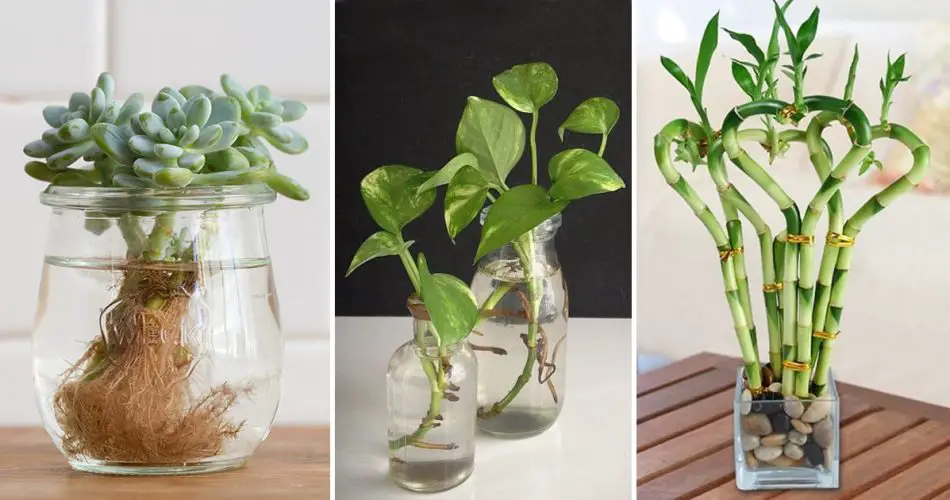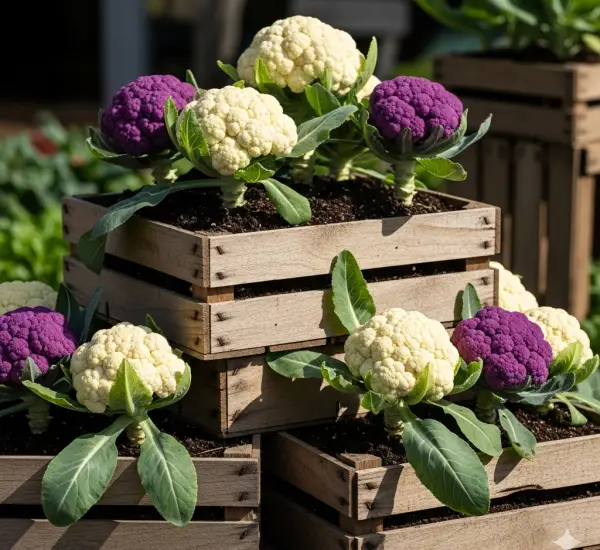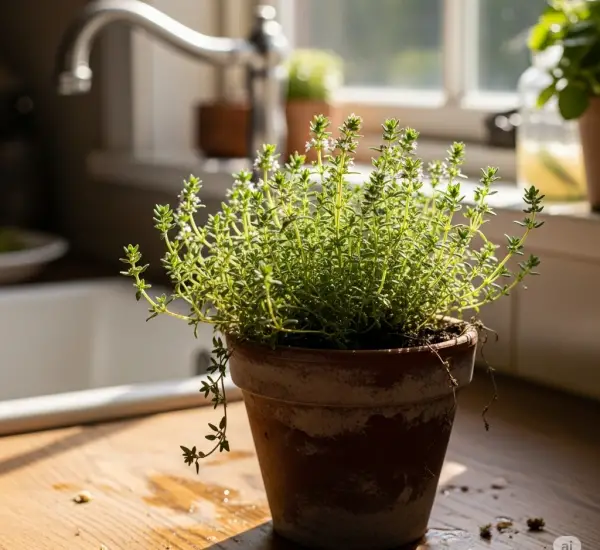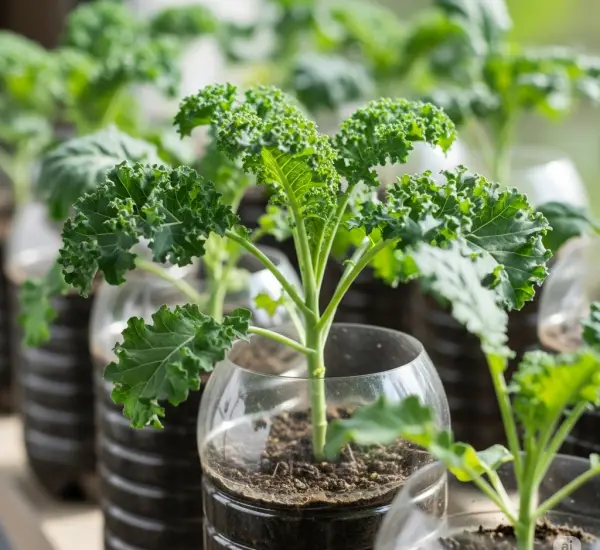Introduction: Embracing a home adorned with plants not only enhances aesthetic appeal but also purifies the air, creating a serene environment. For those without balconies or gardens, the choice of indoor plants may seem limited. However, the fascinating technique of hydroponics allows you to keep plants thriving in water-filled vases, sans soil or regular watering. In this guide, we present a selection of plants suitable for this method, known as hydroculture, along with general instructions for success.
Hydroculture Basics: Hydroponics involves removing the plant from its pot, treating the roots, and transitioning it to a water-filled container. Let’s explore this simple yet effective approach:
- Root Treatment:
- Gently remove the plant from its pot, taking care not to damage the roots.
- Soak the plant’s roots in room temperature water overnight.
- Rinse the roots thoroughly to eliminate any traces of soil.
- Hydroponic Setup:
- Place clay pellets or pebbles in the glass container.
- Insert the plant into the container, add water, and include liquid fertilizer for nutrient absorption.
- Plants Suitable for Hydroculture:
- Zebrina: Decorative and thrives in water.
- Papyrus: Historically used for writing, now cultivated for ornamental purposes.
- Pothos: A common tropical plant adaptable to water cultivation.
- Peace Lily (Spathiphyllum): Flourishes in water, producing beautiful green leaves and white flowers.
- Aglaonema: A widespread indoor plant, capable of surviving in water.
- Sage: Aromatic herb with culinary and therapeutic properties, suited for water cultivation.
- Dracaena: Often associated with bringing luck and wealth, commercially available in water-filled vases.
- Water Hyacinth: Aquatic plant with long black roots and no stem.
- Philodendron: Large-leaved plant used for decorating offices and apartments, thriving in water.
- Basil: Surprisingly adaptable to water cultivation.
- Ivy: Choose varieties with small leaves for hydroculture.
- Pilea: Resilient plant suitable for various environments, including hydroculture.
- Spider Plant (Chlorophytum comosum): Common indoor plant, easily adaptable to water cultivation.
- Fiddle Leaf Fig (Ficus lyrata): Trendy plant with large, glossy leaves, suitable for hydroponics.
- Sweet Potato Vine: Decorative plant grown from a sweet potato piece in water.
- Tulips: Challenging indoors but can be cultivated and made to bloom in water.
- Rosemary: A useful aromatic herb, thriving in water with the described instructions.
Conclusion: Hydroponic gardening provides an innovative way to bring nature indoors, allowing you to cultivate a variety of plants in water-filled vases. Experiment with these options and witness the charm of flourishing greenery in your home without the need for soil. Happy planting!



